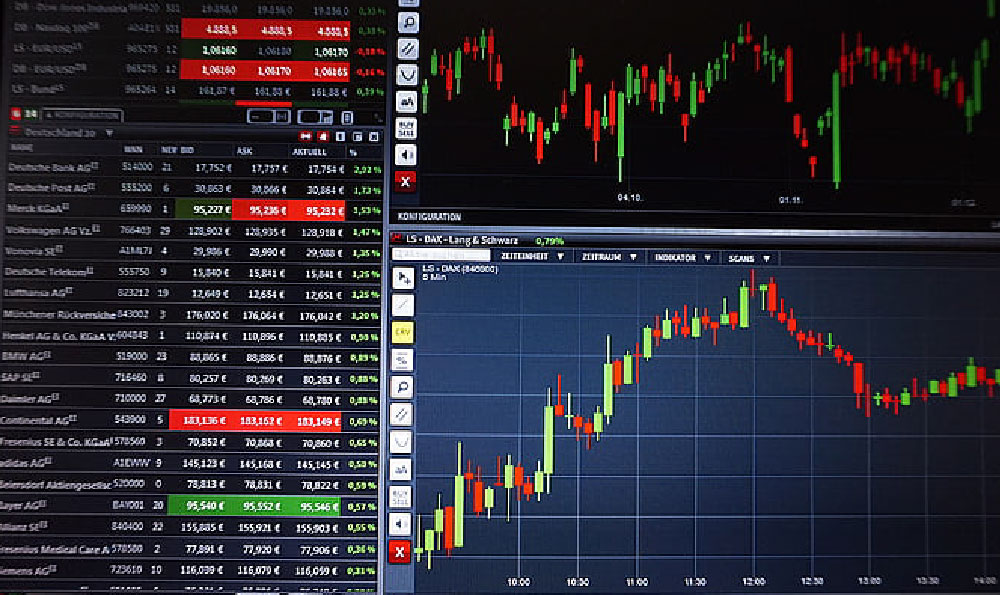The fast food industry is a titan, a behemoth of burgers, fries, and fleeting moments of culinary satisfaction. It's also a surprisingly complex financial landscape, where subtle shifts in consumer preference and clever operational efficiencies can dramatically impact a chain's earnings. Determining which chain "reigns supreme" financially isn't as simple as looking at total revenue. We need to delve deeper, examining profit margins, growth rates, and strategic positioning within the market.
While revenue figures provide a broad overview, profit margins are a more accurate indicator of a company's true financial health. A chain with high revenue but thin margins might be struggling with operational costs, supply chain inefficiencies, or intense price competition. Conversely, a chain with moderately high revenue but exceptionally healthy margins is likely a well-oiled machine, adept at cost control and customer retention. Consider, for example, McDonald's, often cited as the revenue king. Its vast global presence and massive franchising network undeniably generate substantial revenue. However, dissecting their financials reveals that franchising, with its lower operating costs and higher profit margins, is a major driver of their financial success. The actual profitability of individual company-owned stores, while still significant, can vary considerably depending on location, labor costs, and local market conditions.
Beyond profit margins, growth rate is a crucial metric. A chain experiencing rapid expansion and consistent same-store sales growth is likely capturing market share and attracting new customers. This positive momentum signals a strong brand, effective marketing, and an ability to adapt to changing consumer tastes. Analyzing growth often requires looking at metrics like the number of new store openings, same-store sales growth percentage, and the performance of new menu items. A company consistently beating industry averages in these areas is demonstrably outperforming its peers. For instance, a chain like Chipotle, despite facing challenges in the past, has demonstrated remarkable resilience and growth through innovation in its menu options and focus on perceived health benefits, attracting a health-conscious consumer base and leading to increased profitability.

Another important aspect is strategic positioning. Some chains target budget-conscious consumers with low-priced offerings, focusing on volume. Others aim for a more premium experience, charging higher prices but emphasizing quality ingredients and a more upscale atmosphere. The key is not simply to be the cheapest or the most expensive, but to effectively cater to a specific target market and build brand loyalty within that segment. Panera Bread, for example, has carved out a niche by offering fresh-baked goods, soups, salads, and sandwiches in a comfortable, cafe-style environment. While their prices are generally higher than traditional fast-food chains, they've cultivated a loyal following among consumers willing to pay a premium for perceived quality and a relaxed dining experience.
Furthermore, understanding the competitive landscape is critical. The fast food industry is fiercely competitive, with chains constantly vying for market share. Factors such as location, menu offerings, pricing strategies, and marketing campaigns all play a role in determining a chain's success. Some chains might thrive in urban areas with high foot traffic, while others might excel in suburban or rural locations. Similarly, a chain known for its breakfast menu might outperform its competitors in the morning hours, while another chain specializing in burgers might dominate the lunch and dinner crowds.
Innovation is also paramount. The fast food industry is constantly evolving, with new trends and technologies emerging all the time. Chains that are slow to adapt risk falling behind. Staying ahead requires ongoing investment in research and development, experimenting with new menu items, implementing new technologies to improve efficiency and customer service, and embracing digital marketing strategies to reach a wider audience. For instance, the adoption of mobile ordering and delivery services has become increasingly important in recent years, particularly in response to changing consumer habits and the rise of third-party delivery platforms. Chains that have effectively integrated these technologies into their operations have gained a significant competitive advantage.
Finally, we must consider the impact of economic conditions. Recessions and economic downturns can significantly impact consumer spending, leading to a decline in sales for many fast-food chains. However, some chains might actually benefit from these conditions, as consumers trade down from more expensive dining options. Understanding how a chain performs during different economic cycles can provide valuable insights into its resilience and long-term financial prospects. Chains offering value-oriented menus and promotions might be better positioned to weather economic storms than those focused on premium offerings.
In conclusion, determining which fast food chain truly reigns supreme financially is a multifaceted analysis. It's not just about revenue; it's about profit margins, growth rates, strategic positioning, competitive dynamics, innovation, and adaptability. While McDonald's remains a dominant force in terms of global reach and revenue, other chains, such as Chipotle or Chick-fil-A, might boast higher profit margins or faster growth rates. The "winner" ultimately depends on the specific criteria being used and the long-term sustainability of their business model. Investing in understanding these nuances is crucial for any serious investor looking to navigate the complexities of the fast food industry. The key takeaway is to move beyond headline numbers and delve into the underlying factors driving financial performance.












